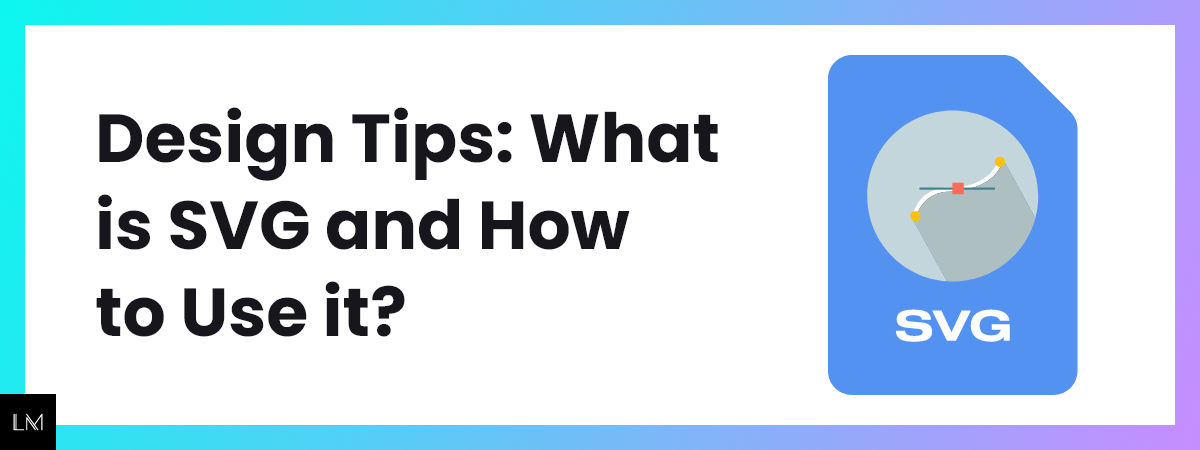Design Tips: What is SVG and How to Use it


For uploading images on a website, the users have two basic options to choose from, which include raster images and vector images. When it comes to dealing with the elements like logos, icons, illustrations, and typography, the best way is to go for vector images, as they can be scaled to any size without impacting the quality. On the other hand, Raster images can’t be used for this purpose, as they lose quality in the scaling process because they are made of pixels and have a set of resolutions.
Suppose you want to ensure that your website has a responsive design. In that case, it’s essential to transform your images in a format that will keep their quality intact, as different screen sizes demand varying sizes. The best and easiest solution to encounter this issue is by using SVG format to present vector-based graphics. So, what is SVG, and how is it used? What advantages does SVG have over other image formats? There’s no need to panic and wonder about these queries, as we have got everything covered in this article. Let’s get started with the basics!
What is SVG?
SVG is a file format that stands for Scalable Vector Graphics, and it allows the users to portray vector images on their websites. This vector graphic format is based on XML (eXtensible Markup Language) that uses HTML tags to display content over the web. The files in SVG format are nothing more than plain text on the backend of the website, just like the other coding. This code describes the lines, shapes, text, and colors of an image. SVG codes can be altered through CSS and JavaScript, which gives it flexibility that cannot be matched by other image file formats like JPG, GIF, and PNG.
How Can SVG Be Used to Display Graphics?
The SVG files can be presented on the web in two main ways. They are:
- Inline SVG Code: You can easily copy and paste the SVG code in a page’s code to display an image on your website. If you are inclined towards having more control over the manipulation of an image, SVG is the best option.
- .svg File: Just like the image files in other formats, SVGs can also be used in a similar way. You can upload these files as a background in CSS or use the <img> tag.
Advantages of Using SVG
There are countless benefits of SVG files as compared to other formats. The most prominent ones are discussed below.
Small Size, Less Burden
The large-sized image files impact your website’s loading speed, which can increase its bounce rate and downfall in SERP rankings. The SVG file promises its user a smaller size when optimized accurately. To accommodate high-resolution screens, you won’t need SVG in a large size, as it can be easily adjusted in any resolution without size enhancement.
Easily Editable
Just like other images, you can edit the SVG files in editing software like Illustrator. However, to make editing easier, you can alter SVG in a text editor by adjusting the codes as required.
Scalability
Quality assurance is one of the major benefits of using SVGs, no matter what screen resolution you need to display them at. The files in JPG format can lose quality and appear blurry if they aren’t large enough on a high-resolution; however, that’s not the case with SVG files, as they remain intact.
Control Image Properties Easily
Through CSS, you can easily control the image properties of an SVG file and alter them as you desire without asking you to use image software. You can easily add hover effects to an image without facing any intricacies.
Final Words
If you wish to improve your website or logo design and easily display vector-based images, SVG is the perfect option. SVG is a crucial file format for presenting vector images, as it possesses the capability to display data without affecting the appearance and quality of your content.







